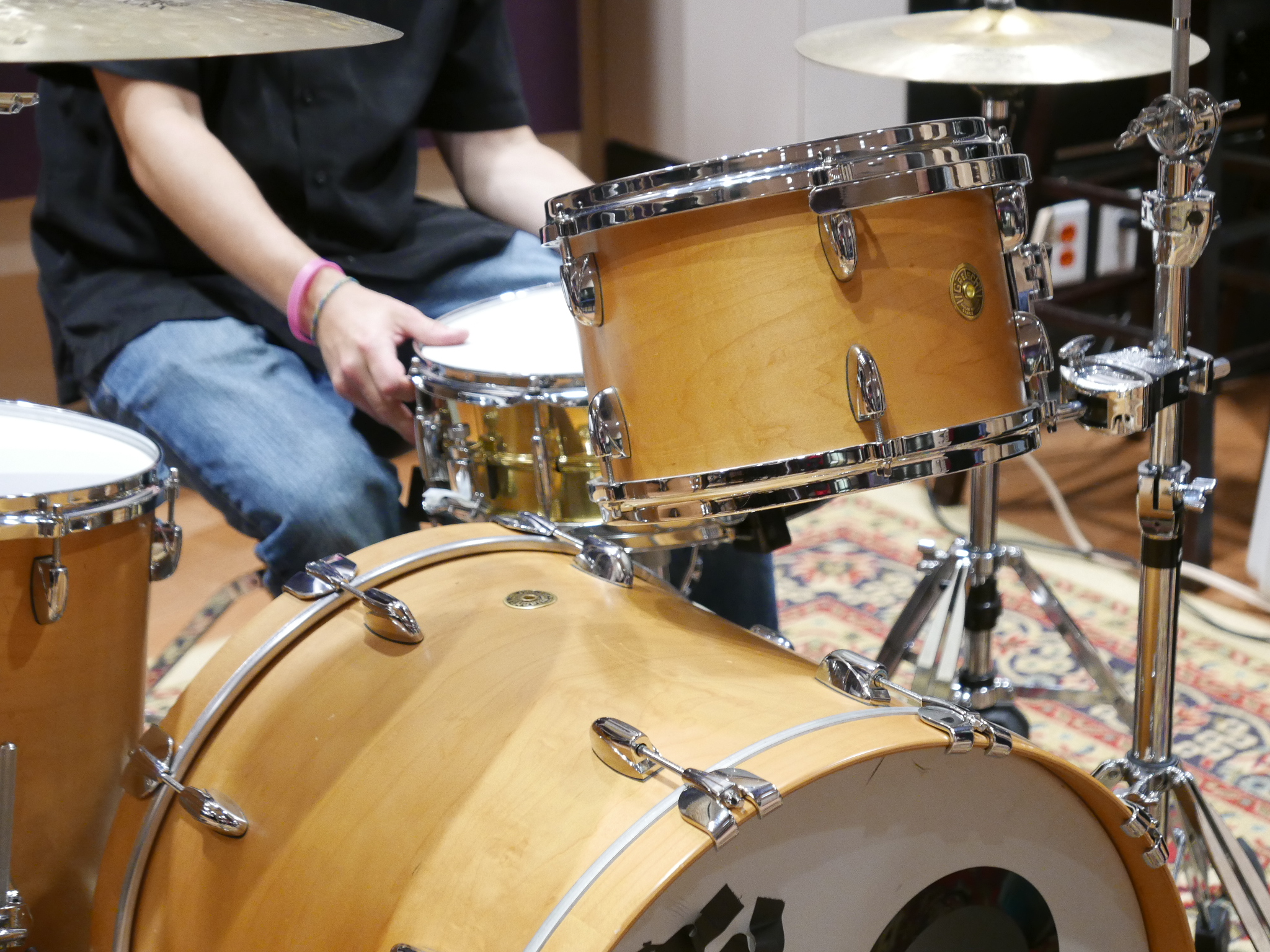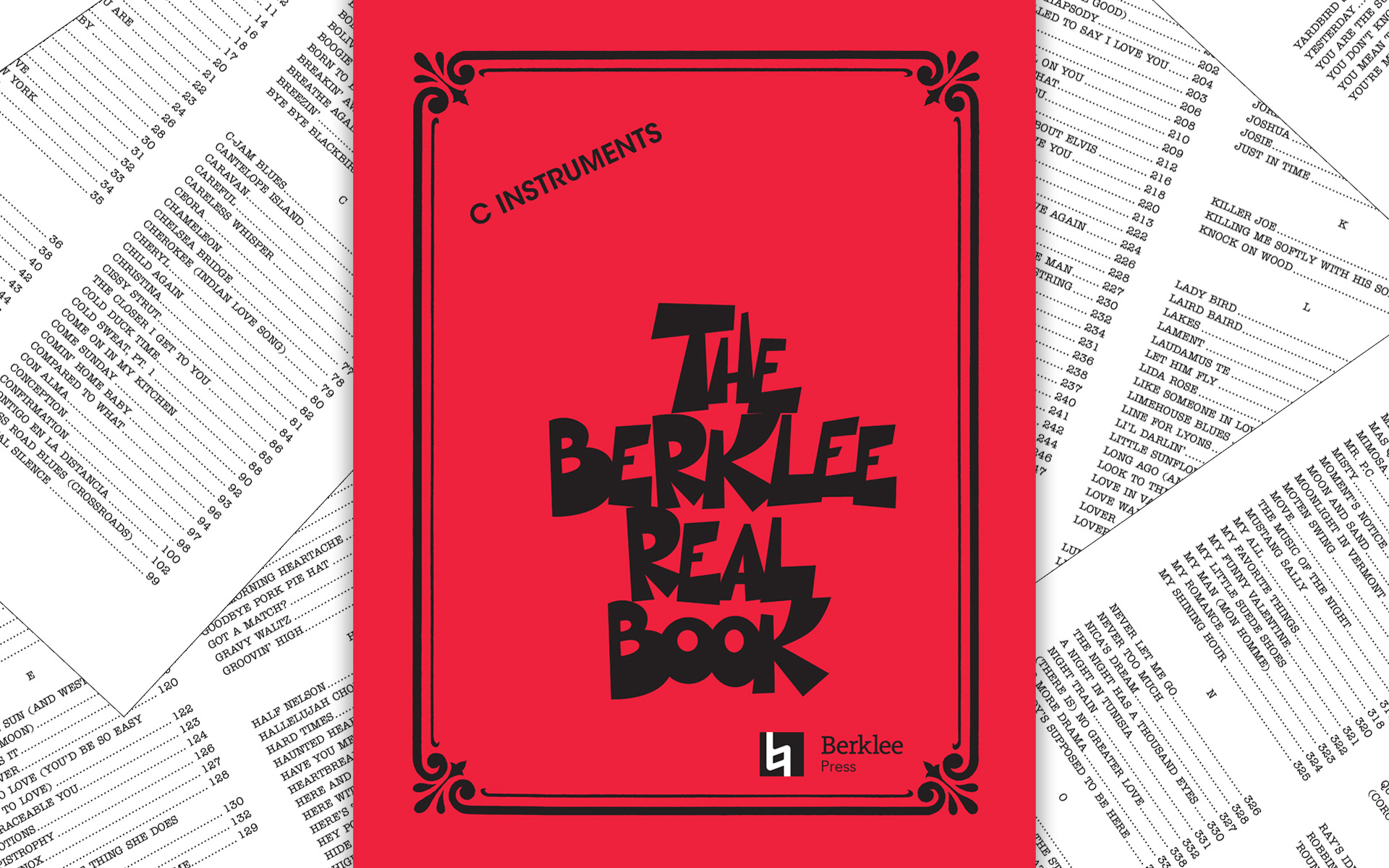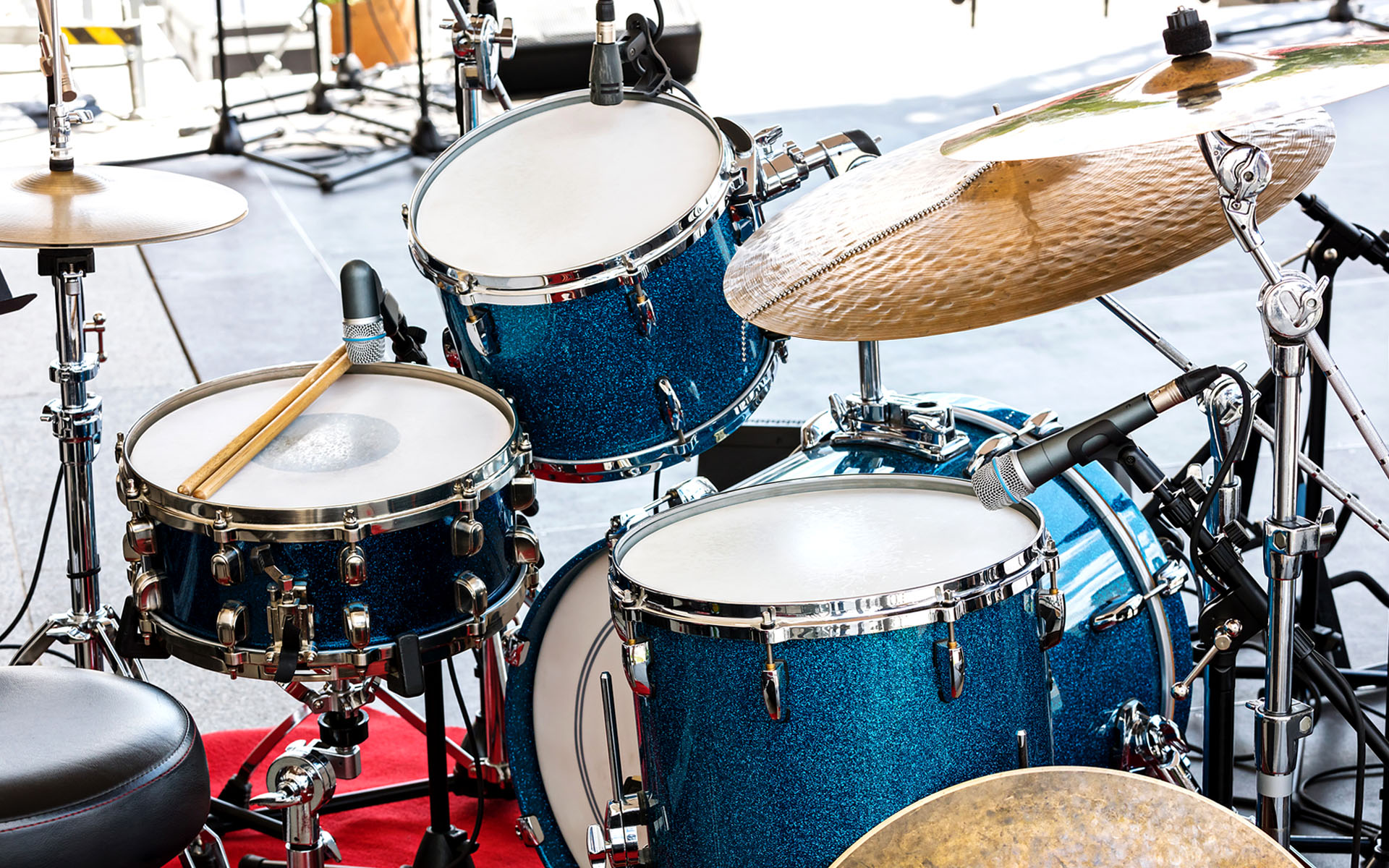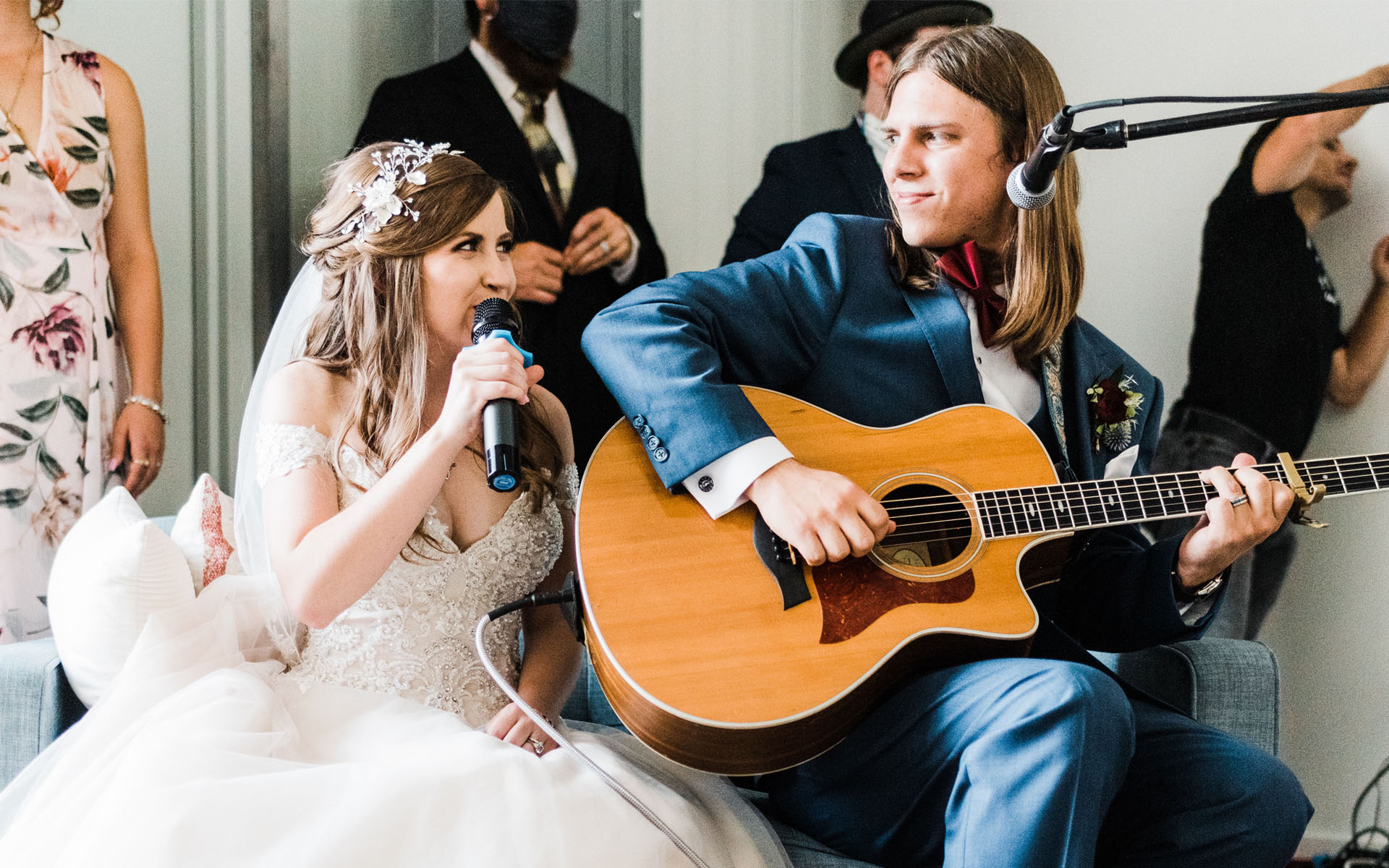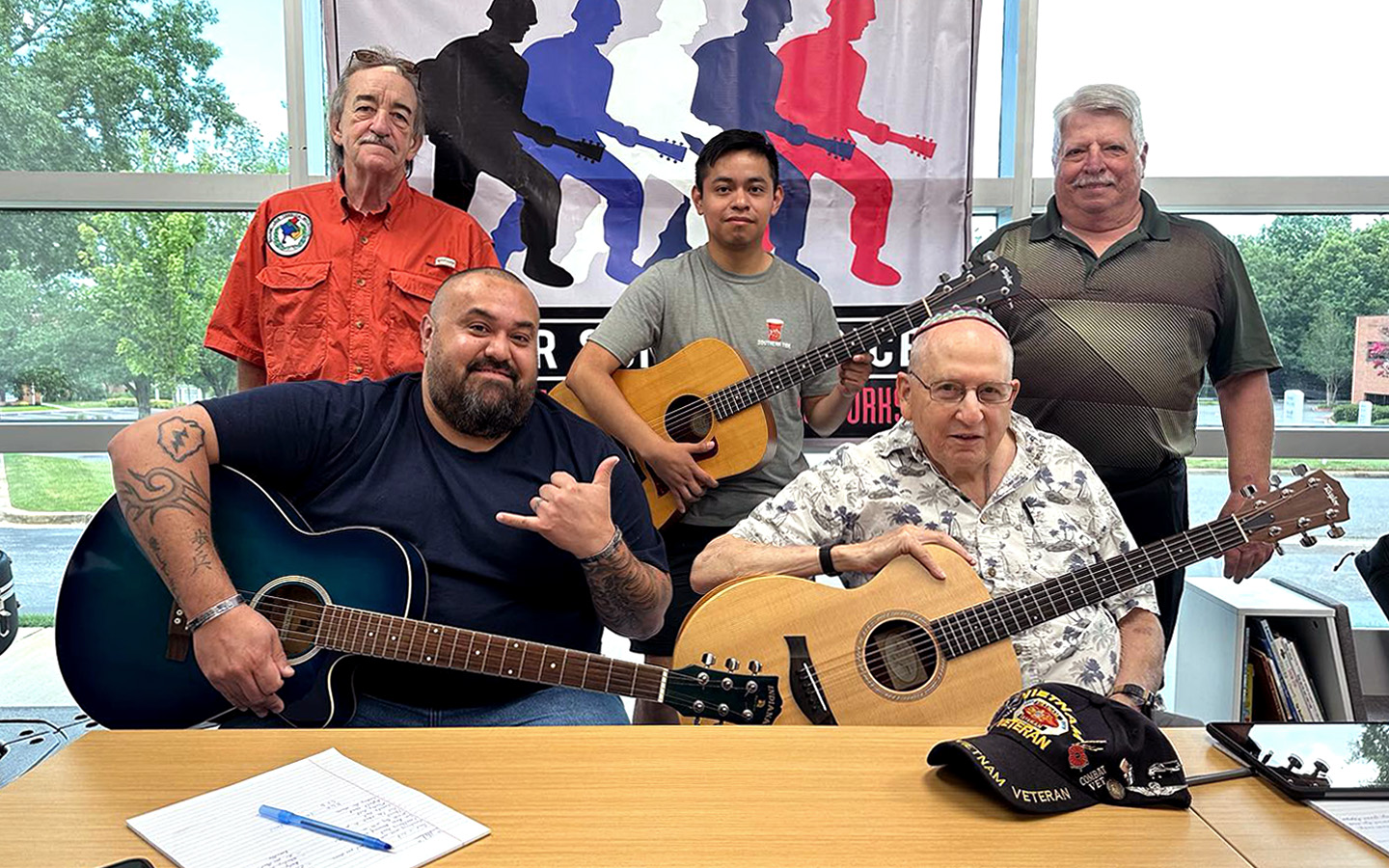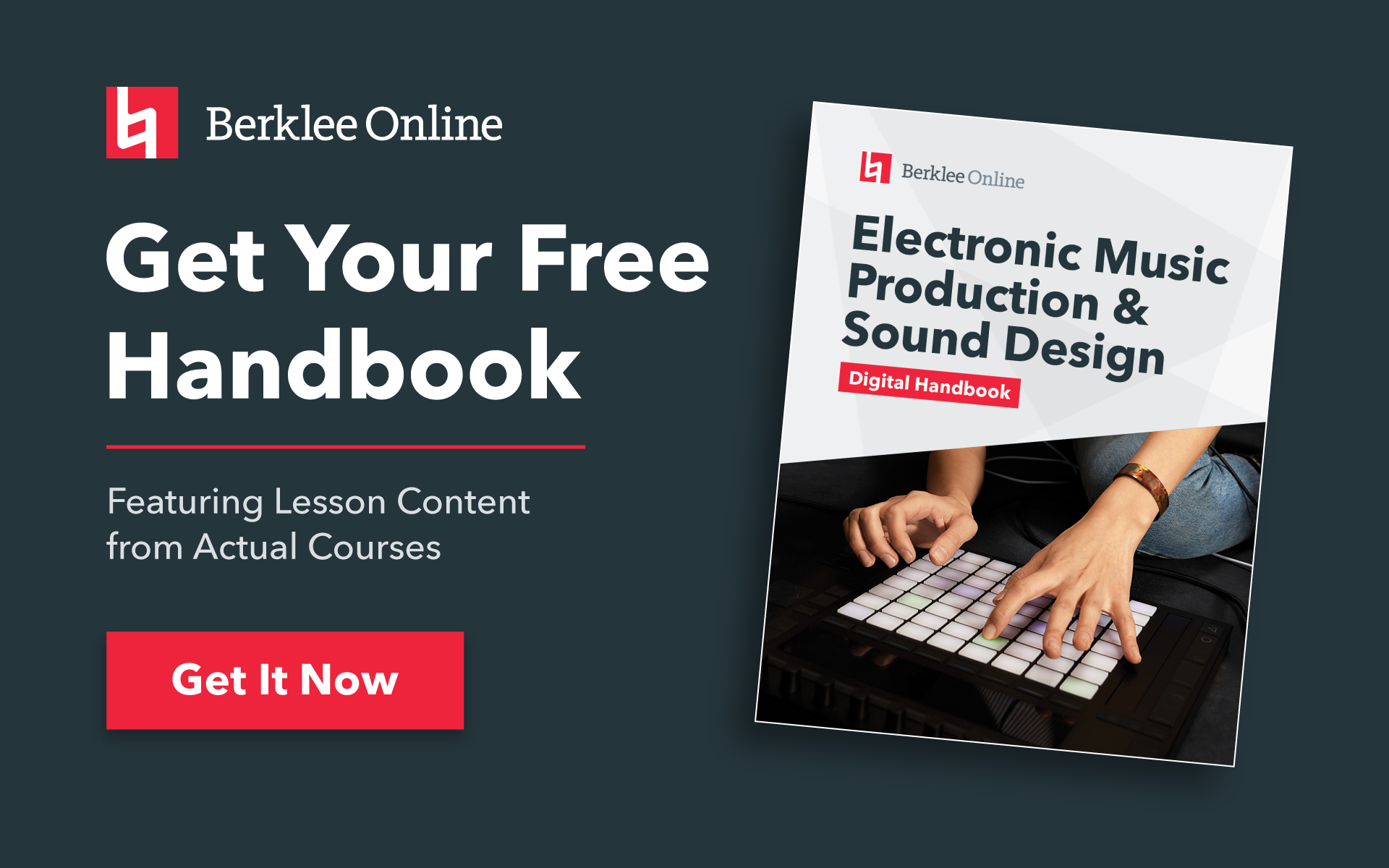During my years of teaching for Berklee Online, I’ve seen many students struggle with a common problem: how to program and produce convincing drum beats. They might be a virtuoso instrumentalist, an amazing guitar player, a wonderful singer, or a brilliant songwriter and lyricist, but when it came to writing a convincing drum beat for their music they had no idea where to start. Literally, no idea. From what I saw, over and over again, from one term to the next, there was clearly a need for some instruction in this area.
TAKE A BERKLEE ONLINE COURSE WITH ERIK HAWK!
It just so happens that I absolutely love writing and producing drum beats. I’ve been doing it since I was fifteen and bought my very first drum machine, a Roland Drumatix TR-606 (I wish I still had that thing). When I was seventeen and saw David Frank, of The System, on stage with a bunch of Oberheim gear, jamming along with the DMX drum machine I knew what I wanted to do. By twenty-one I was in my own Oakland, Bay Area, studio writing and recording beats professionally for aspiring hip-hop artists who would walk in with a song and say, “I want to sound like this.” Talk about a great way to cut your chops. Those were the days when West Coast hip-hop was flowering, full of funky, sampled breaks and fat, Akai MPC beats. What fun! Since then I’ve gone on to record plenty of live drum sessions, write bunches of dance music cues for film and TV, and arrange orchestral percussion for film trailers.
Long story short, I’ve written a book titled, Producing Drum Beats: Writing & Mixing Killer Drum Grooves (Berklee Press). It’s a guide for aspiring music producers who want to get started programming and producing killer drum beats from scratch. If you have no idea how to begin your own drum beat, if you’re unclear about the tools and techniques you’ll need to use to produce your own convincing drum beats, this book is meant for you. Keep in mind, it’s not a drum recording handbook, I don’t discuss how to mic a drum kit, nor is it written for experienced producers who are already adept at programming and mixing their own beats. This book is for beginners and musicians who have spent years studying another instrument and suddenly realize they need to know how to produce believable drum beats in order to sell their songs.
Beyond the book’s text, it also comes with a CD that’s packed full of cool demo samples. There are drum loops and MIDI files from reputable sound developers including, Big Fish Audio, Smart Loops, KEYFAX, and even a multitrack drum recording from MultiLoops. The exclusive demo samples are worth the price of admission and I can’t thank these companies enough for allowing me to include their material.
As if writing a book wasn’t enough of a monumental task, I’ve also authored a new Berklee Online course based on the premise of the book. The new course is called, Programming and Producing Drum Beats. In the book I had to adhere to a page count and obviously couldn’t include multimedia and video demonstrations. In the online course I had no such restrictions and was able to build an incredibly intense and comprehensive curriculum focused entirely on producing drum beats. The course contains pages and pages of content that augment the chapters in the book, bunches of informative videos, super cool interactive workshops, and weekly assignments that will challenge you and push your skills to the next level. So, check out the book, if you like it, sign up for the course, and as Janet Jackson said, “Give me a beat!” (from the song, “Nasty,” on the album Control, A&M Records 1986).
STUDY MUSIC PRODUCTION WITH BERKLEE ONLINE





